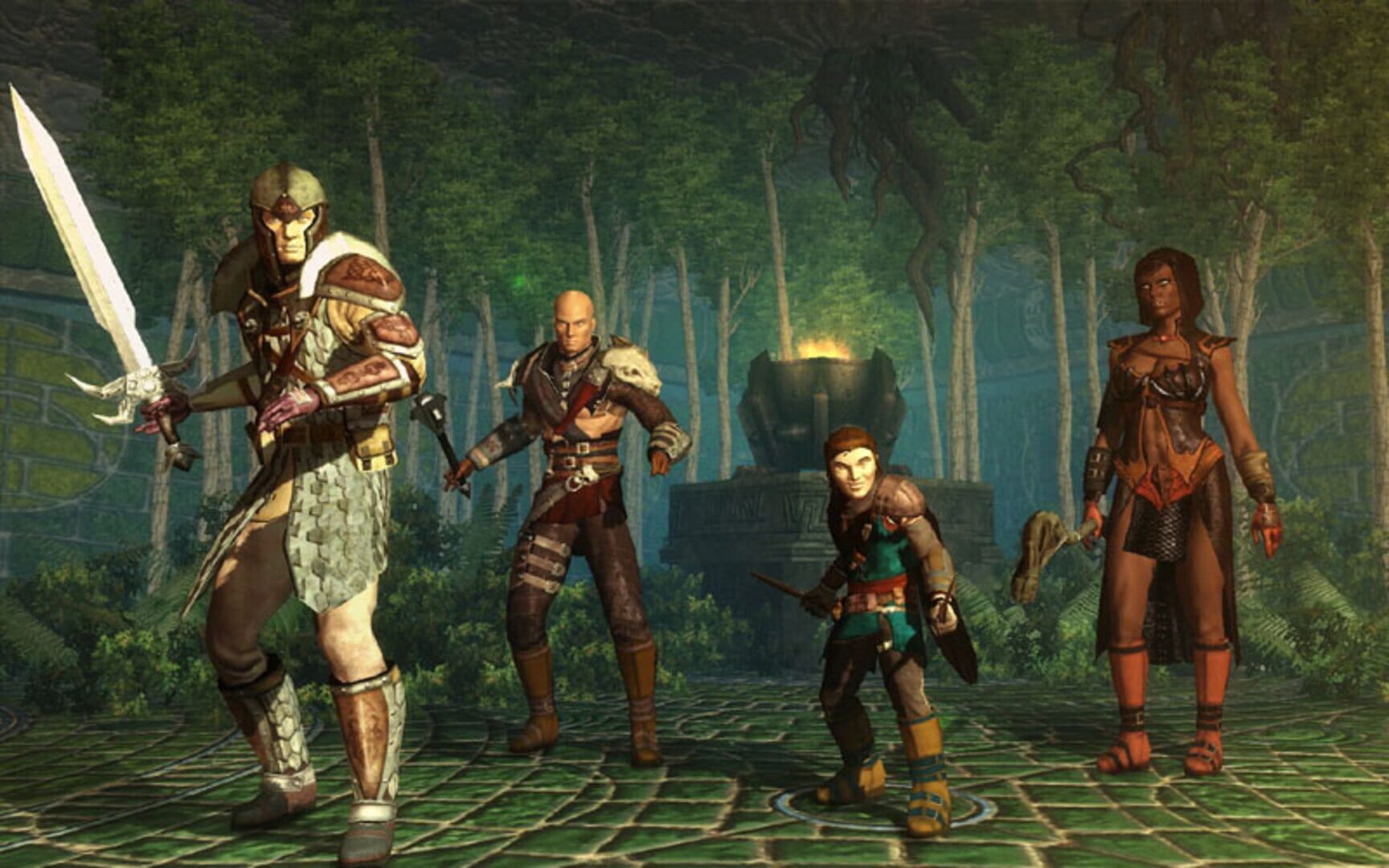We recently talked about why Druids are (statistically speaking) the least popular Dungeons and Dragons class. While Druids’ complexity, versatility, and unique fantasy design are part of their appeal, those same attributes can easily turn off other players (especially new players). That being the case, it probably won’t surprise you to learn that D&D’s most popular class probably seems a little more “boring.”
A previous report from D&D Beyond (the official digital toolset for D&D’s Fifth Edition) revealed that Fighters are the most popular class in the tabletop game by a fairly decent distance. Admittedly, that report is a few years old now, but it’s very much worth noting that the stats the D&D team recently cited when discussing Druids’ low pick rate seem to be similar to the ones found in this report. Anecdotally, fans of D&D’s older editions have long speculated that Figthers are likely the most popular class in the game based on their own experiences.
It’s also worth noting that previous reports have suggested that Humans are the most popular race among D&D players. That also means that the most common character choice in D&D is…a Human Fighter. While that information doesn’t take into account things like multiclassing or specific player sample sizes (veterans vs new players, etc.), the popularity of the Human Fighter remains undeniable.
On the surface, that probably seems like an unusual or even slightly depressing realization. In a world of nearly infinite fantasy possibilities, why would so many people choose to play a human whose specialties largely focus on weaponry and combat rather than magic, subversion, persuasion, and other, more fantastical concepts (at least without taking subclasses into consideration)? Much like when we learned that the average player character in Baldur’s Gate 3 looks pretty…average, learning that so many D&D players choose a Human Fighter may make you think that those players aren’t taking full advantage of the possibilities that make D&D so iconic.
However, that’s not exactly true. Actually, the opposite is often true.
First off, Fighters are a very beginner-friendly class. Diving into D&D for the first time can feel overwhelming, so it’s sometimes nice to have a class that is mechanically approachable and thematically intuitive. In the early stages of a D&D adventure, the Fighter largely has to worry about landing melee strikes. Fighter players get to learn all the basics of the D&D experience while still contributing in meaningful ways.
However, the Fighter class is about so much more than accessibility. While they never really become the most complex class in the game, they are certainly one of the most versatile classes in the game. Because they are proficient with so many pieces of gear and so many aspects of the core D&D experience, a Fighter player can grow their character in so many different directions throughout the course of play. The same can be said about the shapeshifting Druid class, but the Fighter’s more gradual learning curve allows players to more easily grow with their character over the course of the game rather than have to figure out who and what they are quite so quickly.
They’re sometimes called the ultimate blank slate class, though the more appropriate term may be “blank sheet.” After all, most D&D games begin with a blank character sheet, some friends, and some dice. What happens from there is often up to you. In some ways, the Fighter is the ultimate representation of that concept.
Interestingly enough, the same can be said of D&D’s Humans. While humans have fewer inherent strengths or traits than other D&D races, they also have fewer inherent weaknesses or restrictions in regard to how they can be built and grow throughout the course of the game. That again makes them a friendly choice for new players who are trying to sort through so many mechanics and possibilities, but it also makes them a race that is slightly more adaptable to change in the grand scheme of things. There’s also something to be said for human players wanting to transport themselves into a game via Human avatars.
No, you probably won’t score any creativity points for choosing to play as a Human Fighter in D&D. Yes, the fantasy genre has long needed to be at least a little less reliant on Human protagonists and a little less reliant on variations of Fighter archetypes as their leads. For that matter, anyone who finds themselves defaulting to the Human Fighter archetype in D&D-like experiences should consider trying more specialized, unique, and initially complex ways to play. Stepping out of your skin can be a powerful gift, and it’s a gift that’s easier to appreciate when you use your experience with the roleplaying genre to expand your comfort zone.
However, the Fighter archetype’s popularity has started to attract a bad reputation over the years that isn’t nearly as justified as it may initially appear to be. In some ways, the Fighter is the embodiment of the entire role-playing concept as well as a testament to the power of D&D’s mechanics and how the game helps us fulfill dreams we may have not even known we had when we first sat down with it.
